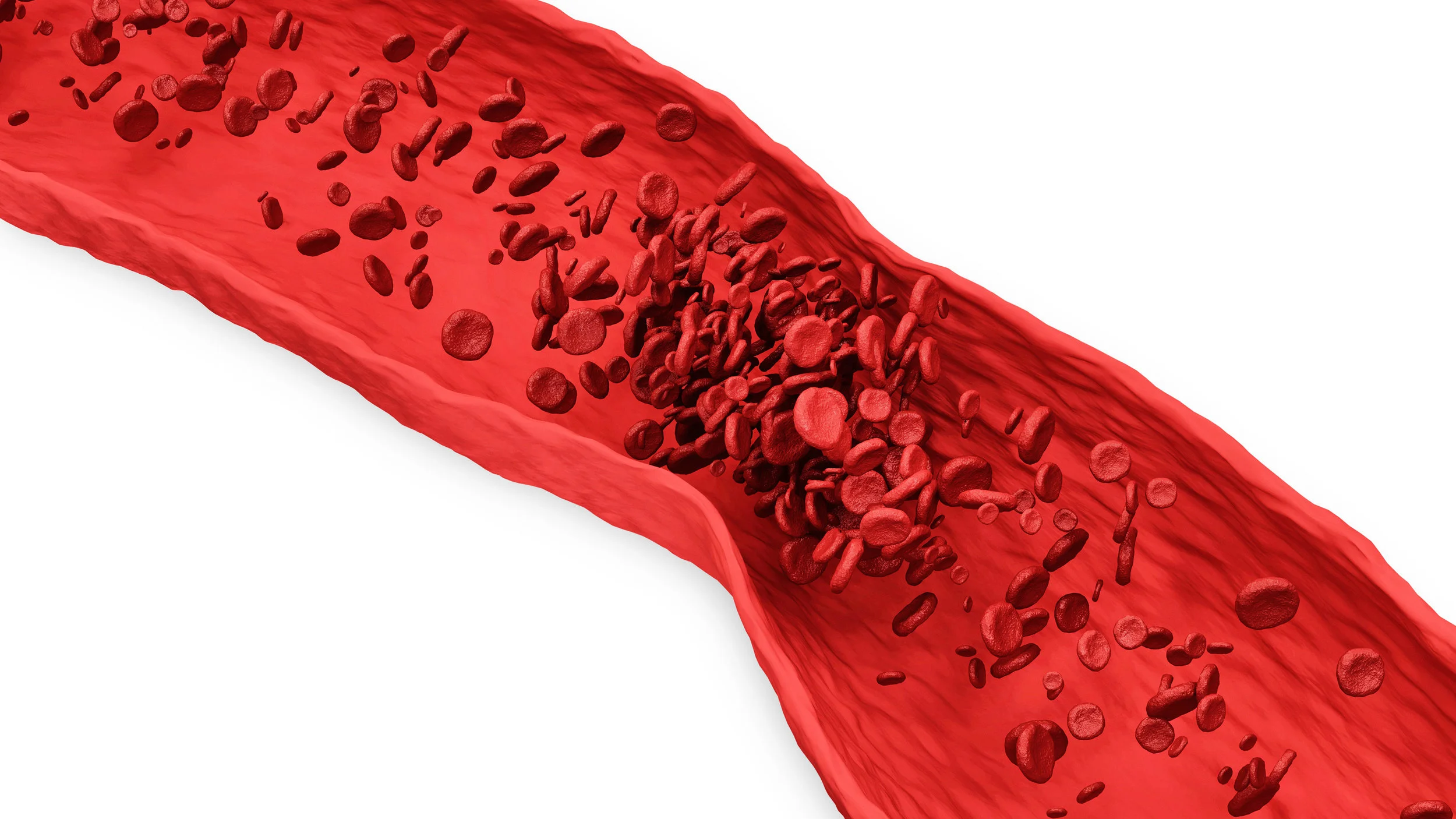Blood Clots / Phlebitis
What is Phlebitis?
Blood clots in leg veins are called phlebitis or thrombophlebitis. This is a potentially dangerous condition that may affect any vein in the body, however, occurs most frequent in the lower extremities and affects about 2 million extremities each year in the USA. Their spectrum and seriousness vary from a minor nuisance to a serious life threatening embolus to the lung leading to hospitalization or death. Therefore, its awareness is important for everyone.
Symptoms of Phlebitis
Symptoms of acute phlebitis and blood clots may be non-existent or often very mild, such as red, swollen, tender areas. They can develop silently and grow extensively into deep veins of the leg before being discovered. They often occur in legs that have varicose veins. Swelling or pain in one leg that is not explained by other causes should be investigated promptly with an ultrasound examination. Early diagnosis and treatment is indicated to assure safety and to minimize the late long-term effects on the lower leg.
Diagnosis for Phlebitis
As mentioned, diagnosis is made by ultrasound testing when one leg is enlarged or tender. Modern ultrasound has provided an ideal method of diagnosing blood clots in the extremities. This test is called 'duplex scanning'; a painless, non-invasive, affordable, and widely available test. It provides an actual picture of the blood clot on a computer screen and has become the standard of diagnosis for blood clots in the legs. When the diagnosis is made, it is important to determine the length of the blood clot and the exact location of involved veins. If limited to the superficial veins just under the skin (superficial phlebitis), it is less dangerous than if it involves the deep veins buried in the muscles of the lower extremities (deep venous thrombosis). Blood clots in leg veins can be very long extending from the calf (where they most frequently begin) up to the groin or even into the abdomen. Blood clot found closer to the heart (for example those in the thigh or abdomen) are more likely to give rise to pieces that breaks off and causes an embolus to the lungs.
Treatments for Phlebitis
Management of superficial phlebitis is simpler than deep venous thrombosis (DVT) because superficial phlebitis has fewer serious consequences. No phlebitis, however, should be considered inconsequential and ignored because the problem can worsen. If there is no DVT, the superficial phlebitis can be treated with elastic stockings for support of the leg, simple anti-inflammatory medications, and observation to be sure it does not extend too close to the groin or develop in the deep veins. Antibiotics and anticoagulants are seldom needed. It should resolve in a few days to weeks. If it extends into the thigh toward the groin it warrants consideration for anticoagulants or interruption of the vein to prevent its extension into the deep central veins. Blood clots that involve the deep veins require more definitive treatment such as a few months of anticoagulation. Drug that have traditionally been used include Heparin and Warfarin (Coumadin). These anticoagulants prevent the majority of the embolisms to the lungs and can save lives. For some blood clots in more central veins there are medications that can dissolve the blood clots.
As deep vein blood clots heal they leave scars in the deep veins over half of the time. These scars can cause long term swelling and pain in the legs lasting a lifetime. Some patients can become disabled after several years have passed. Because of these serious side effects of deep vein clots, early diagnosis and intense treatment with medications to limit the growth of the clots is very important.
The most important message about blood clots is to diagnose them early and treat them aggressively because this will limit the danger of embolism and minimize the damage to the deep veins which can lead to future swelling, pain and disability. Blood clots are more likely to occur in older persons, patients at bed rest, individuals with cancer or with surgical procedures, particularly orthopedic procedures. They have also been identified in people who travel long air flights, especially if there is a problem in the leg before the flight begins.


